Search
Search Results
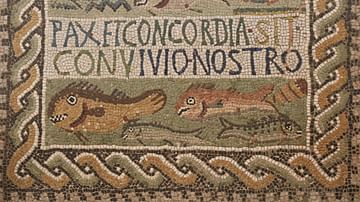
Image
Pax et Concordia Mosaic
The Pax et Concordia Mosaic from Tipasa (modern Tipaza in Algeria) is a stone mosaic mensa (banqueting table) cover with a decor of fish and marine animals and the inscription In Chr(ist)o Deo/ pax et concordia sit/ convivio nostro ("In God...

Image
Djemila Museum
Museum of Djemila (Roman Cuicul in modern-day Algeria): The Museum is to the left on entering the site and, as ever, is best visited before the ruins. At quiet times, it is kept locked, but will be opened if you ask at the entrance to the...
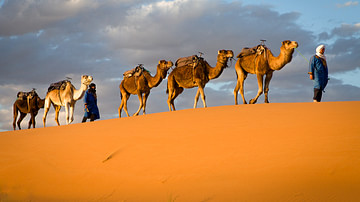
Article
The Camel Caravans of the Ancient Sahara
The camel caravans which crossed the great dunes of the Sahara desert began in antiquity but reached their golden period from the 9th century CE onwards. In their heyday caravans consisted of thousands of camels travelling from North Africa...
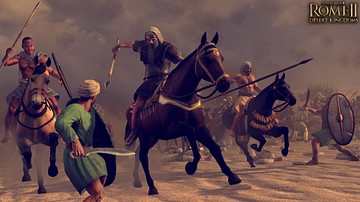
Article
The Masaesyli and Massylii of Numidia
The North African Berber kingdom of Numidia (202-40 BCE) was originally inhabited by a tribe (or federation of tribes) known as the Masaesyli, to the west, and a coalition of smaller tribes, known as the Massylii, to the east. The meaning...
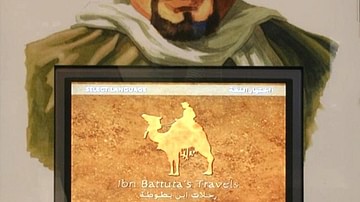
Definition
Ibn Battuta
Ibn Battuta (l. 1304-1368/69) was a Moroccan explorer from Tangier whose expeditions took him further than any other traveler of his time and resulted in his famous work, The Rihla of Ibn Battuta. Scholar Douglas Bullis notes that “rihla”...
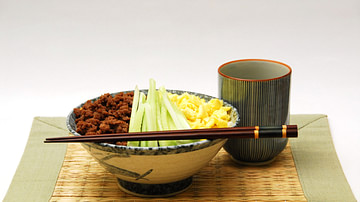
Article
Food & Agriculture in Ancient Japan
The diet of ancient Japan was heavily influenced by its geography as an archipelago, foodstuffs and eating habits imported from mainland Asia, religious beliefs, and an appreciation for the aesthetic appearance of dishes, not just the taste...

Image
Cleopatra Selene II
Portrait head of Cleopatra Selene II (40 to c. 5 BCE), daughter of the Egyptian queen Cleopatra VII who became the queen of Mauretania upon her marriage to King Juba II of Numidia (48 BCE to 23 CE). Archaeological Museum of Cherchell (Musée...
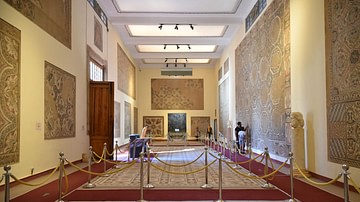
Image
Timgad Museum
The museum of Timgad in Algeria is located at the entrance of the site. It contains a particularly impressive collection of more than 80 mosaics and other important artefacts found at the site. Among the masterpieces are the mosaic of Neptune...
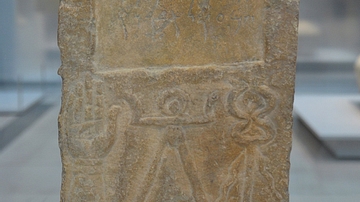
Image
Punic Stele with Goddess Tanit
Punic stele with a crescent moon and the sign of the Phoenician goddess of fertility Tanit, found in Cirta (ancient Constantine, Algeria), around 300-200 BCE. Now in Louvre Lens, France.
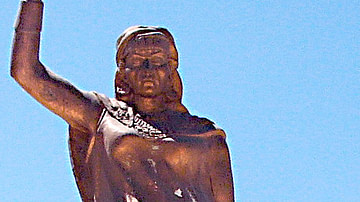
Image
Statue of Kahina
Statue of Kahina (7th century CE, also known as al-Kahina, Dihya al-Kahina, Dahlia, Daya, Dahia-al-Kahina), who was a Berber (Imazighen) warrior-queen and seer and led her people against the Arab Invasion of North Africa in the 7th century...